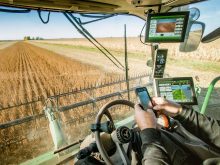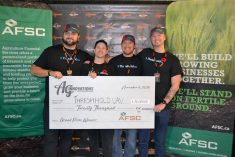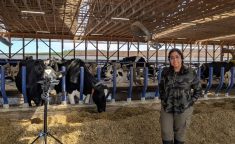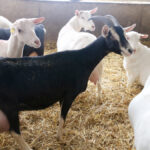Livestock traceability leaders hope a new trial will make tracking cattle and other livestock as easy as waving a wand, and they’re looking to ranchers for help.
The Canadian Cattle Identification Agency will test new technology intended to simplify the recording of animal movements once proposed federal livestock traceability regulations kick in.
The idea is to develop a “movement event scanner.”
Read Also

An unbelievable tale of a lost engagement ring
After nearly 50 years, a southern Alberta farmer finds her wedding ring in an unusual place.
WHY IT MATTERS: Improvements in efficiency will be important for ranchers with new federal livestock traceability regulations on the horizon.
The concept is, in essence, a customized radio frequency identification (RFID) wand that connects to a wireless network and submits animal movement events to the Canadian Livestock Tracking System (CLTS).
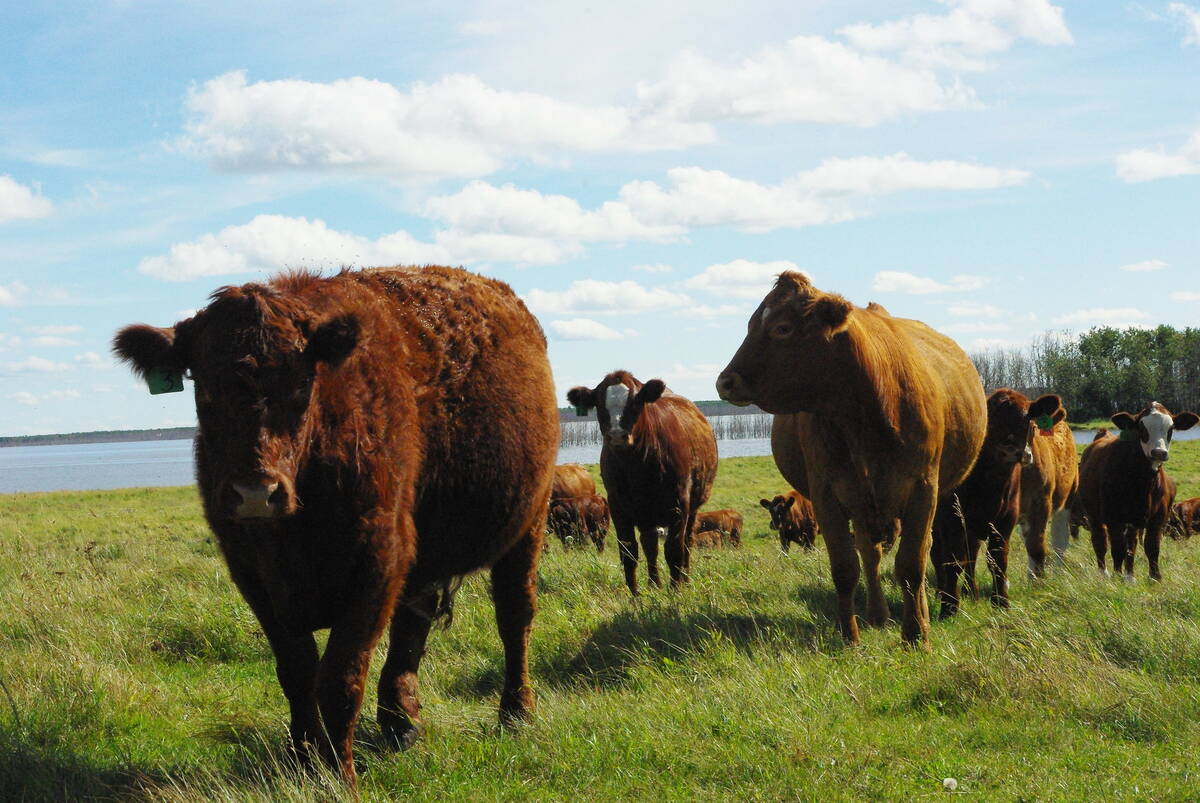
People handling the regulated livestock can preload shipment details and shipment dates into the tracking system’s interface and then scan the animals upon arrival. The device compiles all the information and sends a confirmation for the handler to review, verify and send, the agency said in a news release last month.
“By allowing stakeholders to pre-load shipment details, scan animals on arrival and simply press send, the Movement Event Scanner provides a more efficient way of meeting proposed reporting requirements,” the agency said.
The CCIA is looking for ranchers to participate in testing. For more information, email [email protected] or call 1-877-909-2333.
The federal government has said that updated traceability regulations will help better prepare for disease outbreaks, shortening the movement reporting window from 30 days to seven and introducing new requirements for premises identification.
“When animals arrive at a premises, shipment details will need to be reported in a CLTS account by the receiver. This includes the tag numbers of the animals, premises ID for where the animals originated, the premises ID for the recipient site, departure and arrival dates, and the conveyance ID (such as a licence plate),” the agency said.
The new rules will become mandatory one year after the regulatory amendments are published in the Canada Gazette, which hasn’t yet happened.
The agency released a farmers’ guide to the rules earlier in 2025 but those are subject to change, Rick Wright, chief executive officer of the Livestock Markets Association of Canada, said in June.
“We expect that it will happen probably in the first or second quarter of 2026, and after that, there’ll be a one-year soft launch of the enforcement of it,” he said.




